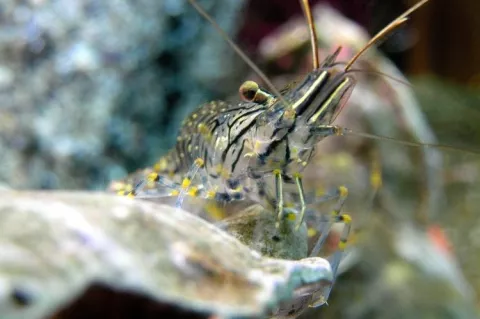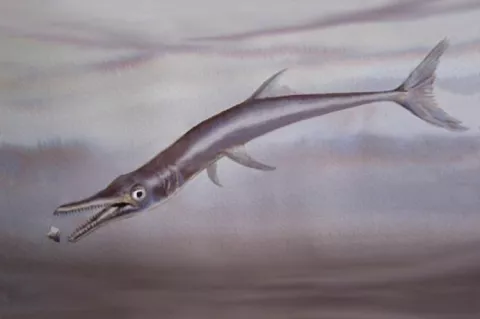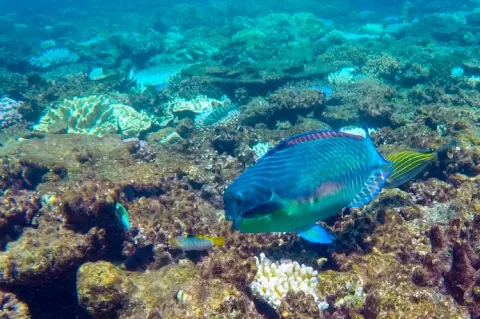Shy prawns fare better than bolder ones
Scientists at the University of Exeter studying rockpool prawns (Palaemon elegant) have discovered that they exhibit different personalities, and those that are "shy" tend to fare better when competing for food.
The findings of their study was published in Volume 140 of the journal Animal Behaviour.
In the study, the prawns, all taken from the Gyllyngvase beach in Falmouth, were tagged and tested on their level of boldness by placing them in an unfamiliar tank and observing how much they explored and ventured to the centre.











